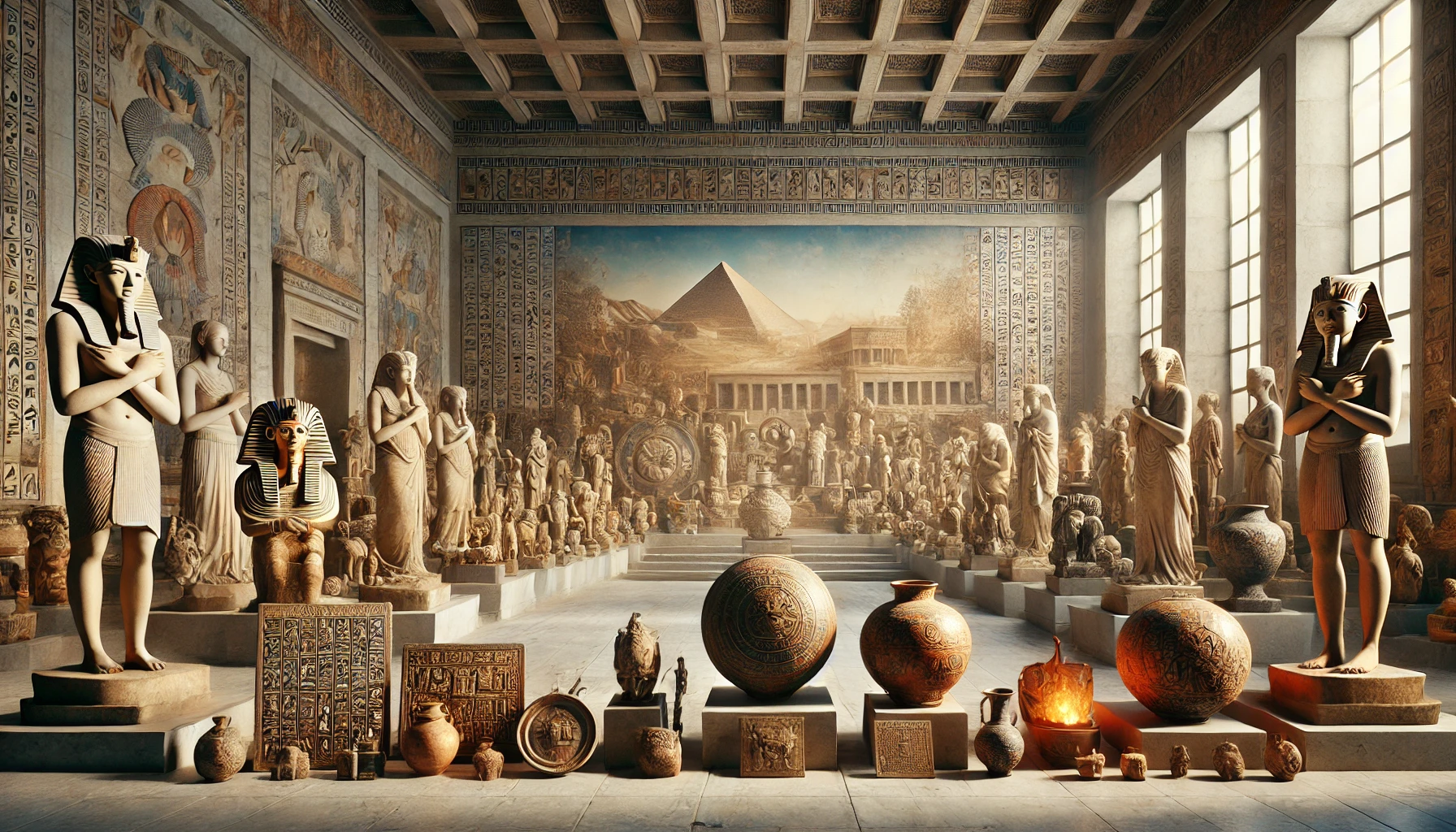Welcome to an exciting journey back in time! Today, we’re diving into the world of Ancient Artz, where creativity flourished and left a lasting legacy. Ancient art isn’t just about dusty statues or cryptic symbols—it’s an open window to the past that reveals human beliefs, emotions, and cultures in a visually stunning way. Let’s explore how ancient civilizations expressed themselves through art that continues to inspire us even today.
What is Ancient Artz?
In simple terms, Ancient Artz refers to the artistic creations made by early human civilizations, from prehistoric times to the fall of the Roman Empire. These artworks weren’t just for decoration—they were used to communicate, document history, and celebrate religious or cultural events. From cave paintings and pottery to sculptures and monumental architecture, ancient art helps us understand the core of human civilization.
The Origins of Ancient Artz
How did ancient artz come to be? Well, our earliest ancestors, the prehistoric humans, didn’t have Instagram or TikTok to share their creations. Instead, they used rocks and cave walls as their canvas. Famous examples include the Lascaux Caves in France, where colorful paintings of horses and deer date back 17,000 years. These early artists weren’t just expressing themselves—they were likely telling stories or marking territory.
Materials and Techniques
Prehistoric artists had to get creative with materials like clay, stone, and natural pigments made from plants and minerals. Early sculptures were often small, like the Venus of Willendorf, a tiny limestone figure that’s over 30,000 years old!
Ancient Artz Across Civilizations
Let’s take a whirlwind tour across the globe to see how different ancient civilizations flexed their artistic muscles:
Ancient Egypt: Art with Afterlife in Mind
The Egyptians were all about life after death. Their art, like the paintings on tomb walls and the Pyramids of Giza, wasn’t just about beauty—it was about ensuring a smooth ride into the afterlife. You’ll find gods, pharaohs, and symbolic hieroglyphs everywhere. Even the Sphinx might be keeping an eye on you from beyond!
Ancient Greece: Celebrating the Human Form
The Greeks? They were obsessed with the human body. Think Olympics, but in marble. Their sculptures aimed for perfection, and their pottery told stories of gods and heroes in action. With each vase or statue, the Greeks celebrated both beauty and balance. Idealized human forms, like the Venus de Milo, are still seen as the gold standard of beauty today.
Ancient Rome: Arches and Power
Roman art was all about power and innovation. They were the masters of mosaics, arches, and larger-than-life statues. If you’ve ever seen the Colosseum, you’ve seen their art at work. Romans weren’t just building—they were making statements about their empire’s grandeur.
Ancient China: Nature and Philosophy
Across the world, the Chinese were creating delicate porcelain, intricate calligraphy, and stunning landscape paintings. Their art often reflected a deep philosophical connection to nature and the cosmos. For example, bronze vessels were both beautiful and used in religious ceremonies. The Chinese art of balancing nature and philosophy still inspires modern minimalist design today.
Symbolism in Ancient Artz
One of the coolest things about ancient art is its symbolism. These aren’t just random images; they carry deep meaning.
- In Egypt, the lotus flower symbolized creation and rebirth.
- In Greece, the owl represented wisdom, particularly associated with the goddess Athena.
- Chinese landscapes? They often symbolized harmony between humans and nature, showing an early understanding of ecological balance.
These symbols weren’t just artistic flourishes—they were the civilization’s way of communicating their values, hopes, and fears to the world.
Techniques and Materials Used in Ancient Artz
Ancient artists used whatever they could find. Stone, clay, wood, and metals like bronze and gold were their raw materials. Sculpting, pottery, and fresco painting were common techniques. Let’s break it down:
- Sculpting: Egyptians carved massive statues from alabaster and limestone, while the Greeks preferred marble to create lifelike human forms.
- Pottery: Greek vases were not just practical—they were often works of art, with scenes depicting everything from weddings to battles.
- Painting: Egyptians developed fresco techniques, where pigments were applied to wet plaster, making the colors last for thousands of years.
The Legacy of Ancient Artz in Modern Times
Ancient artz didn’t just stop influencing us once the pyramids were built—it continues to shape modern art, architecture, and even home décor today!
- Modern Architecture: The columns from ancient Greece (Doric, Ionic, Corinthian) are everywhere, from government buildings to museums. Thank the Romans for the arches you see in modern stadiums!
- Interior Design: Ancient mosaics, especially from Roman villas, have inspired modern-day patterns for flooring and wall designs. And those Greek vase designs? Still trendy on modern ceramics.
- Fine Arts: Many artists today, from painters to sculptors, draw on ancient techniques to create contemporary masterpieces.
Why Preserving Ancient Artz Matters
You might be wondering: why is preserving these ancient masterpieces so important? For one, they help us maintain a tangible connection to our shared history. Imagine if we lost the Terracotta Army of China or the Sphinx—it would be like losing pieces of the human story!
Preservation efforts use advanced technologies like 3D scanning to capture and protect these ancient wonders, ensuring future generations can marvel at them too. Museums around the world, from the Louvre to the Metropolitan Museum of Art, showcase these ancient works to remind us of where we came from and inspire where we can go.
Conclusion
In conclusion, Ancient Artz isn’t just about what our ancestors drew, carved, or built. It’s a testament to human creativity and resilience that spans centuries. These timeless pieces continue to inspire modern-day art, architecture, and design, connecting the past with the present in a fascinating way.
So, next time you walk by an ancient statue or visit a museum, remember: you’re looking at a piece of history that has stood the test of time, still whispering stories from a world long gone. Pretty cool, right?
Final Thought: The beauty of ancient artz lies in its ability to transcend time, reminding us that creativity has always been a core part of the human spirit. Let’s continue to celebrate and preserve these incredible works for future generations!





